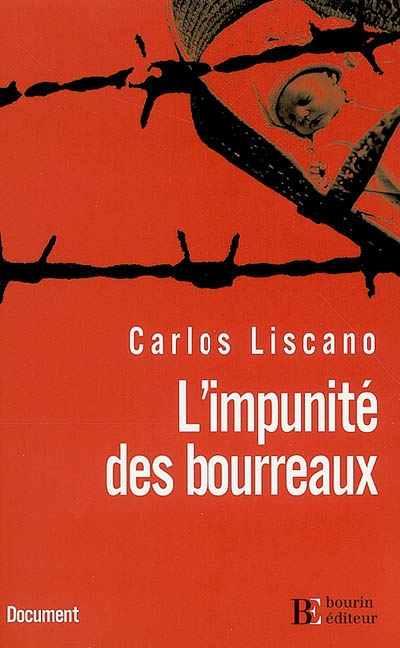par Mastrogiovanni, Federico (1979-....)
Debolsillo
2016 -
-
Disponible - 309(80) MAS
Niveau 2 - Sociologie, démographie
Résumé : Ni vivos ni muertos is a journalistic investigation that reveals the terrible outcomes of the disappearances in Mexico. After doing extensive research throughout the country as well as interviewing family members of those who have disappeared, political scientists, activists, historians, politicians, and victims themselves, Mastrogiovanni draws out a complex outline of a phenomenon that seems to have no beginning and no end. While tracing out this outline, the author follows the investigation of the Rosendo Radilla Pacheco disappearance from the 1970s; he was a social activist from Guerrero in the times of the "dirty war". Mastrogiovanni takes his research through until current times where endless violence has become the norm. As he continues on with research, he realizes that disappearances are not just random happenings, but instead they are terror strategies that are useful to the government and ones from which organize crimes, Ni vivos ni muertos Not Alive, Not Yet Dead as well as transnational oil corporations also benefit from. - Note de l'éditeur

 Les bibliothèques de prêt de la ville de Paris
Les bibliothèques de prêt de la ville de Paris
 Les bibliothèques universitaires
Les bibliothèques universitaires
 La BnF
La BnF
 L'encyclopédie Wikipédia
L'encyclopédie Wikipédia
 L'Encyclopædia Universalis
L'Encyclopædia Universalis
 La bibliothèque du film
La bibliothèque du film
 La bibliothèque du cinéma François Truffaut
La bibliothèque du cinéma François Truffaut
 La médiathèque musicale de Paris
La médiathèque musicale de Paris
 La médiathèque de la Philharmonie de Paris
La médiathèque de la Philharmonie de Paris













![Los desaparecidos = the disappeared curadora] Laurel Reuter ; prólogo de Lawrence Weschler](/imported_images/livre/couverture/978-88-8158-604-2.jpg)

